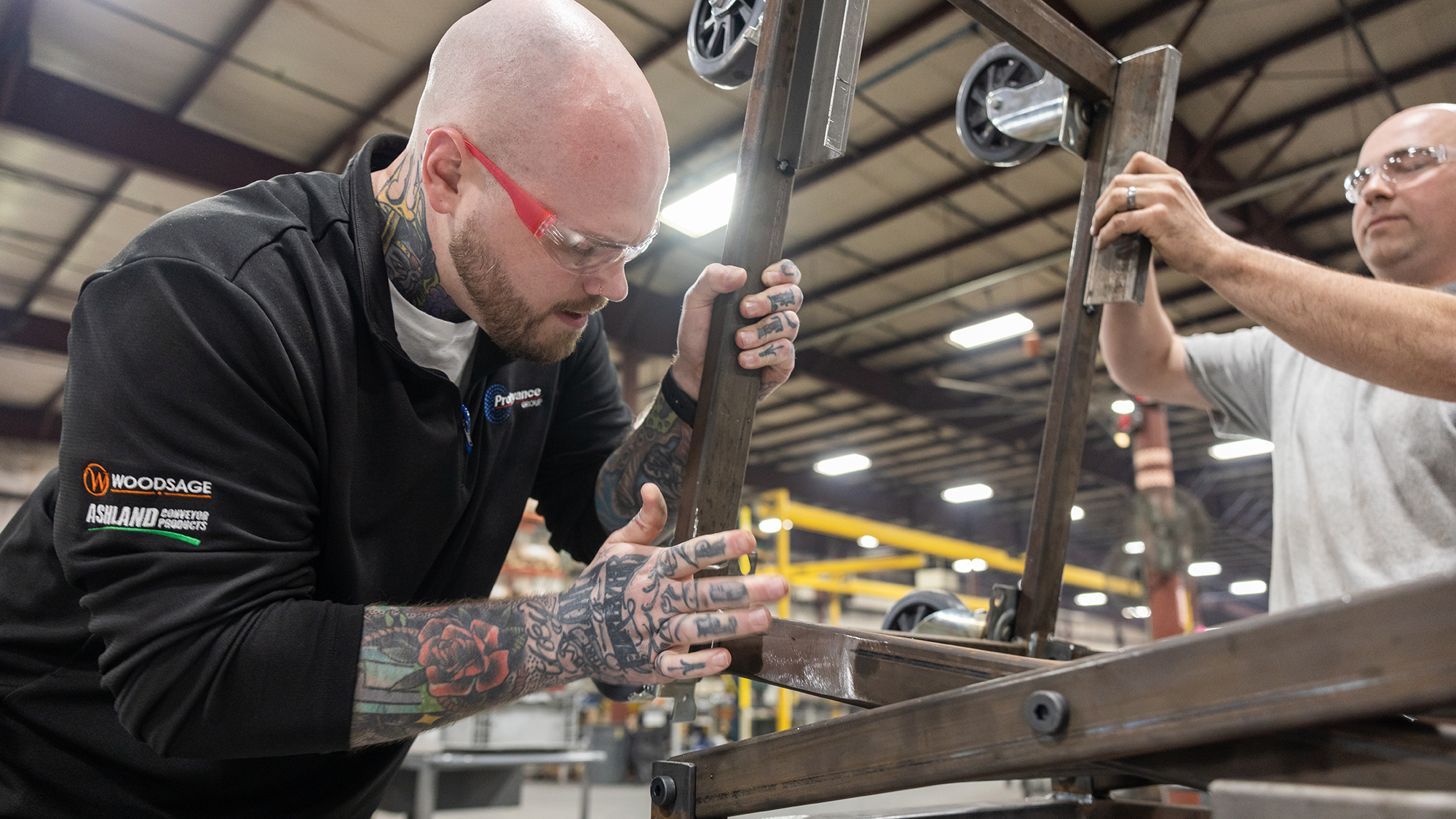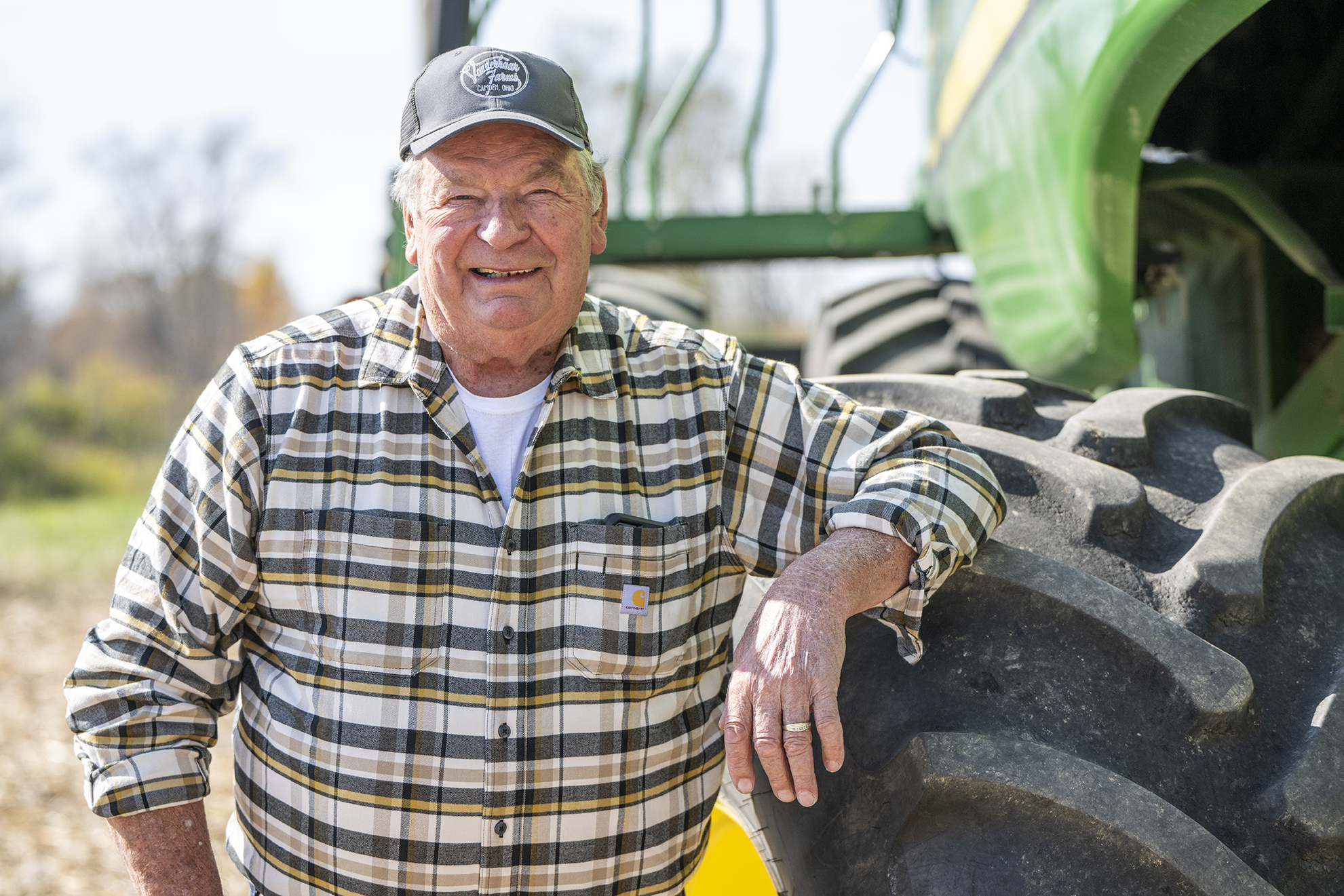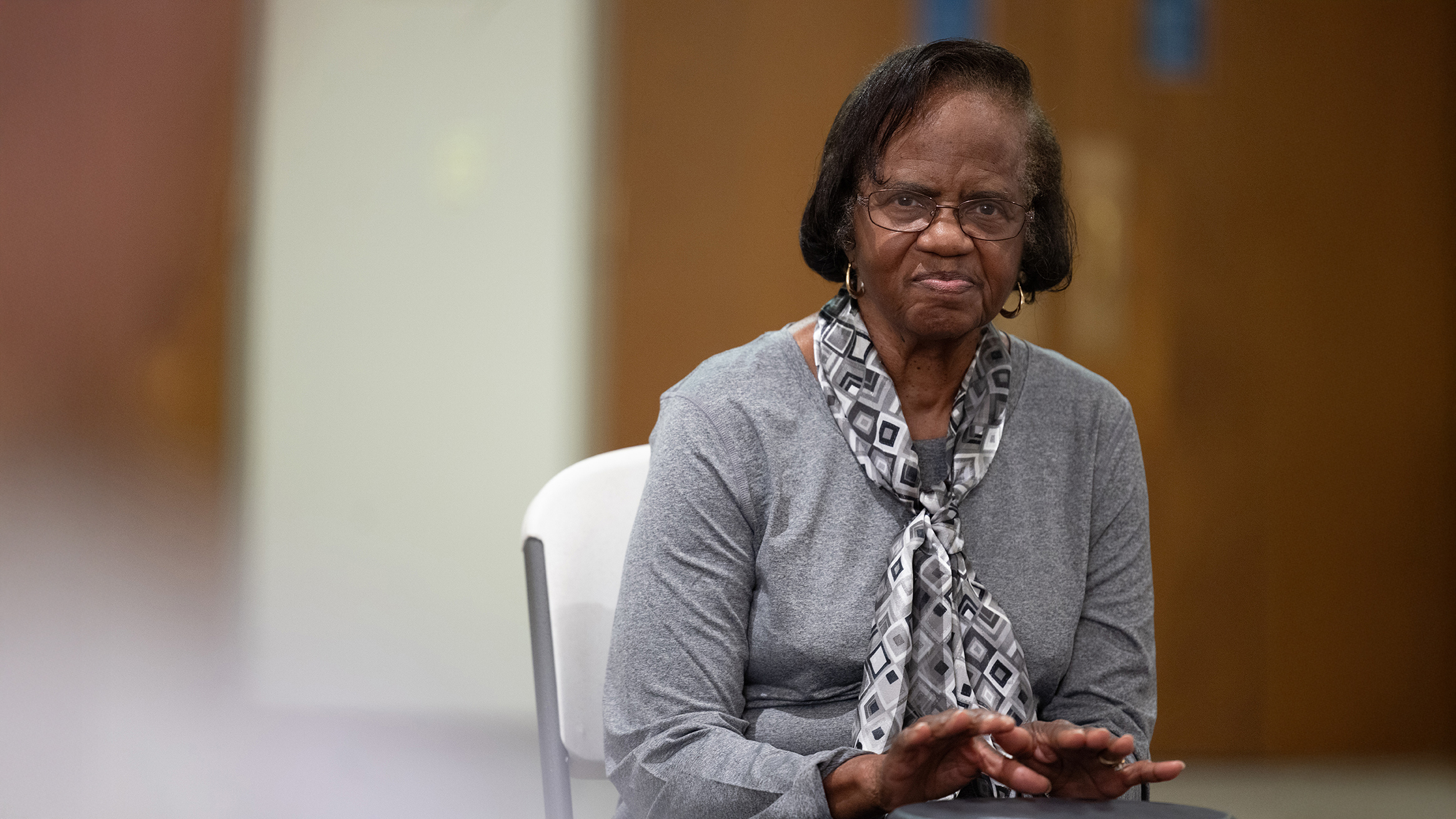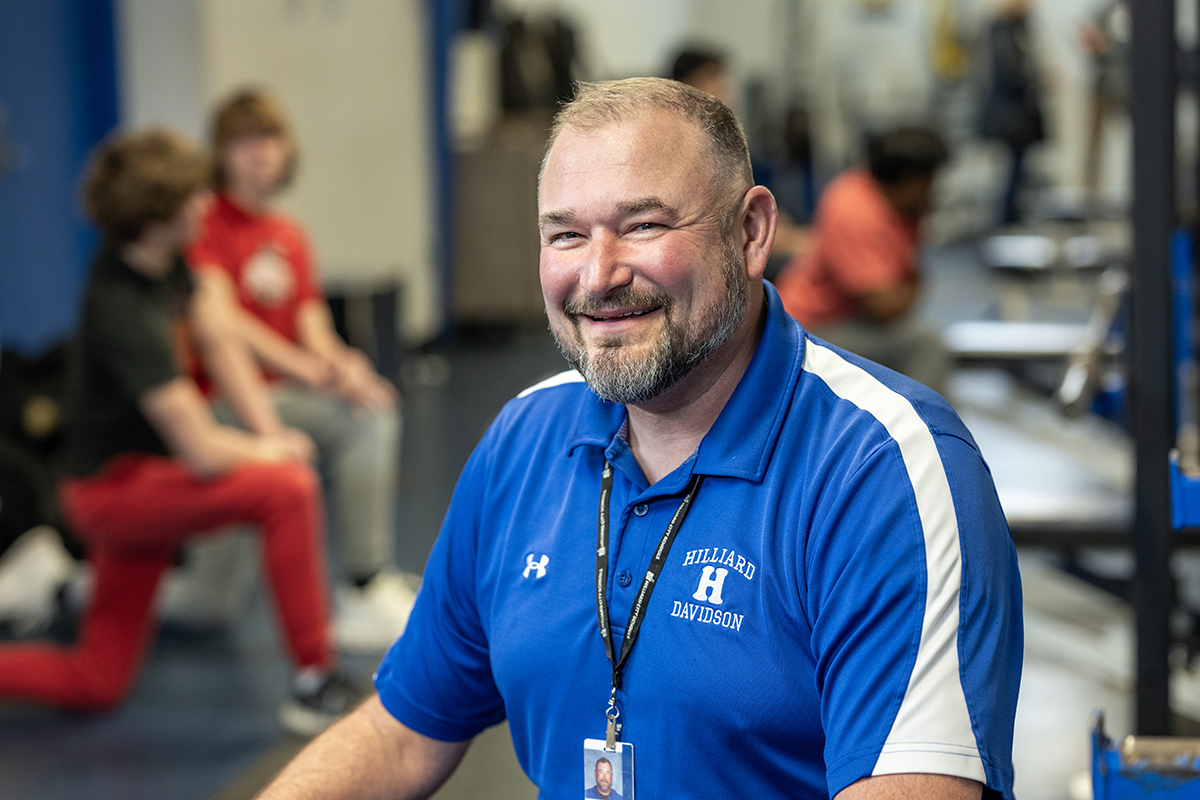Building the future, one engineer at a time
Engineering Technology students are primed to guide Ohio’s manufacturing into a new era.
Zachary Ernest first punched in at a factory job when he was 18, in 2011. Since then, both Ernest and manufacturing have come a long way.
As factories are transitioning into clean facilities armed with precision automation, Ernest has climbed his way from the back-breaking labor of running a machine on a factory floor to redesigning a factory layout from his office at Ashland Conveyor Products, where he is a manufacturing quality engineer.
In that office, his 3D printers buzz, producing parts that save the company time and money. That layout redesign is a necessity for a new product line — one he helped launch.
Since earning his Bachelor of Science in Engineering Technology from Ohio State in 2024, his life has changed dramatically.
“Ohio State was a pathway for me, and I’m eternally grateful for that,” said Ernest, who attended the Ohio State Mansfield campus.
Ernest, 32, graduated in the first cohort of the university’s engineering technology program, which Ohio’s industry leaders say will have a major impact on manufacturing across Ohio.
It’s a degree offered through the College of Engineering at Ohio State’s regional campuses — including Lima, Mansfield, Marion and Newark, which are surrounded by manufacturing facilities — developed with Ohio industry voices to shape the next generation of manufacturing leaders.
Factory floors are becoming cleaner, more open and automated. Robots are being built and installed to handle repetitive tasks that factories have difficulty finding people to perform. That means the growing factory workforce is less about armies of employees each running a machine, and more about engineers designing, programming and problem-solving on a large scale.
“In manufacturing today, you’re not looking for an electrical engineer, a mechanical engineer, you’re not looking at very specific engineering fields, you’re looking for someone who can bring all those to the table and solve problems,” Ernest said. “That’s what the engineering technology program creates, problem-solvers to the highest degree.”
In Ohio, this evolution is not optional. Ohio’s top industry is manufacturing, employing nearly 700,000 people and contributing $133 billion to the state’s gross domestic product in 2023, according to the Ohio Manufacturers’ Association.
As the nation’s third-largest manufacturing state — producing goods such as aircraft engines, tires, food and beverages — industry success depends on graduates like Ernest. These professionals blend engineering, business and leadership skills to push Ohio’s manufacturers into the new era of automation, helping them stay competitive in the global market.
Ernest knows this shift firsthand and he wants to help propel industry forward. It’s why he talks about robotics at his own factory constantly, and why he bought his own 3D printers to produce parts quickly and more efficiently.
He embraces change — it’s something he’s often had to do in his personal and professional life. For years, he worked alongside his father in a Mansfield-area plant, grinding out a living on a machine. It was one reason he decided to return to school and attend Ohio State, in fact.
“My dad is a hard-working man — he’s who people picture when they think of factory labor,” Ernest said. “But I watched his body break down after decades of back-breaking work. I realized if I stayed on that path, I’d end up the same way.”
So he went back to school. The engineering technology program offered a future that partnered his manufacturing background with an opportunity to help move the industry forward. It also allowed him to work full-time while completing his degree close to home in Mansfield.
Once he graduated, Ernest could have left the area for a job in North Carolina. Again, he didn’t want to leave. For many in the program, that’s a theme.
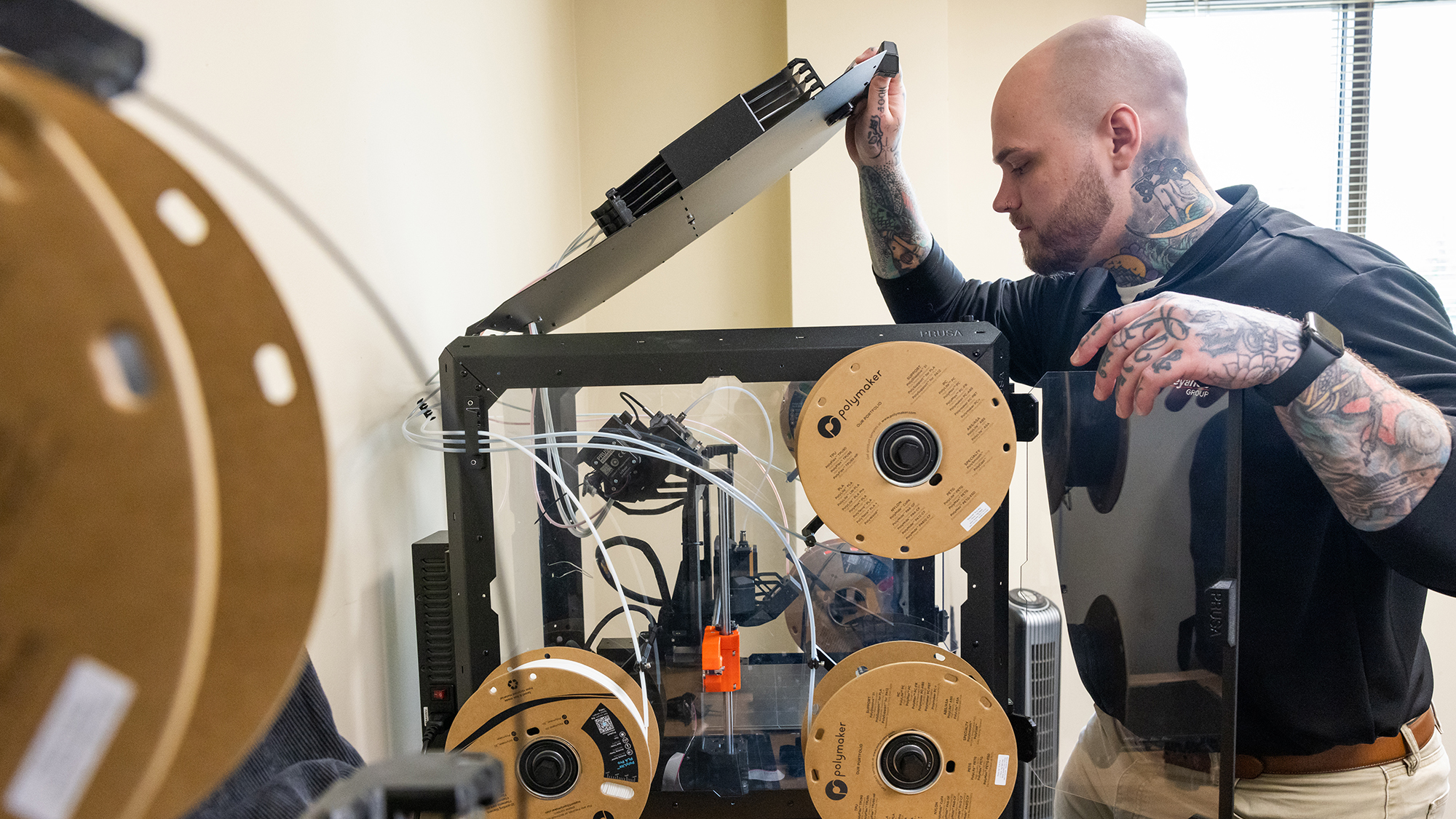
Shaping the future, close to home
Owen Peters graduated from Ohio State’s Marion campus in May 2024 and began his job a month later as a manufacturing equipment engineer at Honda’s facility in Shelby County’s Anna, Ohio. He secured the position well before graduation — a common thread among engineering technology graduates, for whom job offers often arrive before diplomas.
He also exhibited another trait common to those in the program: a desire to stay close to his hometown during and after his time at Ohio State.
Peters’ father and uncle earned engineering degrees from Ohio State’s Columbus campus, but he stayed local. He didn’t want to move from Marion, his hometown. The engineering technology program didn’t make him.
“It really wasn’t a hard choice when I looked at the program,” Peters said.
And he didn’t have to look too far to start his career either. In fact, most grads from the first two cohorts have found jobs within their home regions.
All of the engineering technology 2024 and ’25 graduates from the Mansfield and Lima campuses have taken jobs near their hometown regions, while about half of Marion’s class did the same. Newark’s program began in 2023 and awaits its first graduating class.
“What we need in this field are decision-makers — people who can think, act and innovate in fast-moving environments. This program creates them.”
What Peters found especially valuable was the combination of engineering coursework with business and leadership classes. Understanding how to lead, how leadership impacts morale, trust and productivity have already shaped his early career at Honda.
“You can tell Honda had an influence on the program because the principles we learned line up with Honda’s culture — how they treat people, how they operate day-to-day,” he said. “I was definitely prepared to step into that kind of environment.”
The program’s blend of technical skill and leadership training wasn’t accidental. It was engineered.
Before the program even launched on Ohio State’s regional campuses in 2020, industry leaders were invited to shape it. One of them was Darryl Young, automation lead engineer at Whirlpool Corporation in Marion. For years, Young had worked with local schools to cultivate a manufacturing talent pipeline. When Ohio State came asking what skills were needed from future engineers, he didn’t hold back.
“It seemed too good to be true,” Young recalled. “We laid out all the skills we needed and they said, ‘We’re going to create a degree that has all of those things.’ It was amazing.”
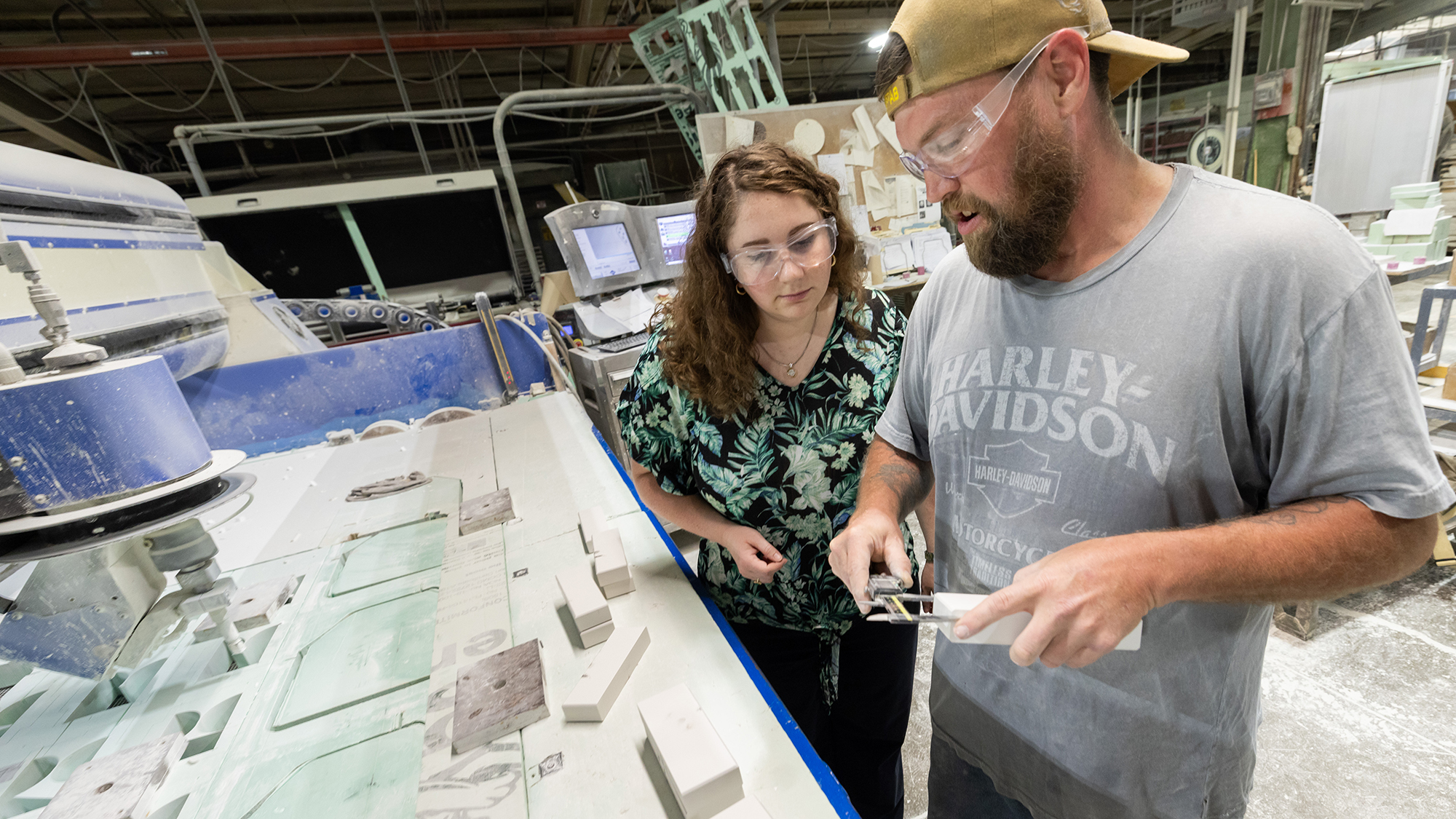
And it is delivering. Students complete the program with a wide-ranging skill set: electrical, mechanical, design, robotics, automation and business — all taught in high-tech labs by professors with real-world experience. Young himself has been deeply involved, mentoring students, serving as chair of the program’s Industrial Advisory Council, hosting plant tours, and even teaching classes. He’s also hired students, like Peters, for internships and jobs.
“These students get exposed to the manufacturing environment from the beginning,” Young said. “What we need in this field are decision-makers — people who can think, act and innovate in fast-moving environments. This program creates them.”
That holistic, locally rooted education is exactly what Kathryn Kelley envisioned. As executive director of the Ohio Manufacturing Institute at Ohio State, she helped lead the effort to design the program by touring the state and meeting with industry professionals, asking a simple question: What do you need in an engineer?
“During one of our focus groups, we had someone say, ‘I just want someone who knows how to make a decision,’” Kelley said.
So that’s what she helped build, a program that turns students into problem-solvers, decision-makers and future leaders from the moment they walk into a factory.
“I'm hoping we have COOs and presidents soon,” she said. “That’s who we’re trying to develop — manufacturing leaders.”
That goal is already taking shape. Amanda Becker, a 2024 Mansfield graduate, now works as a drafting engineer at the CerCo Corporation. She transferred from Columbus, where she studied materials engineering, to the regional program because she wanted versatility.
“I didn’t want to get pigeonholed,” Becker said. “I wanted the option to be a design engineer, a quality engineer, mechanical or electrical. I loved the hands-on aspect and everything I learned I’ve already put into action.”
Part of the program’s strength is that many professors come directly from industry, teaching with the same robotics, PLCs (programmable logic controllers) and equipment students will use on the job.
Amber Rader, the engineering technology coordinator for Ohio State Mansfield, is another example of the local philosophy at work. She grew up near the campus, left for bigger opportunities and returned to help shape the future of her community.
“I want my hometown to grow, and these students are going to lead that,” she said. “When companies look to move in, they ask, ‘Can you supply the workforce?’ Through this program, we can say yes.”
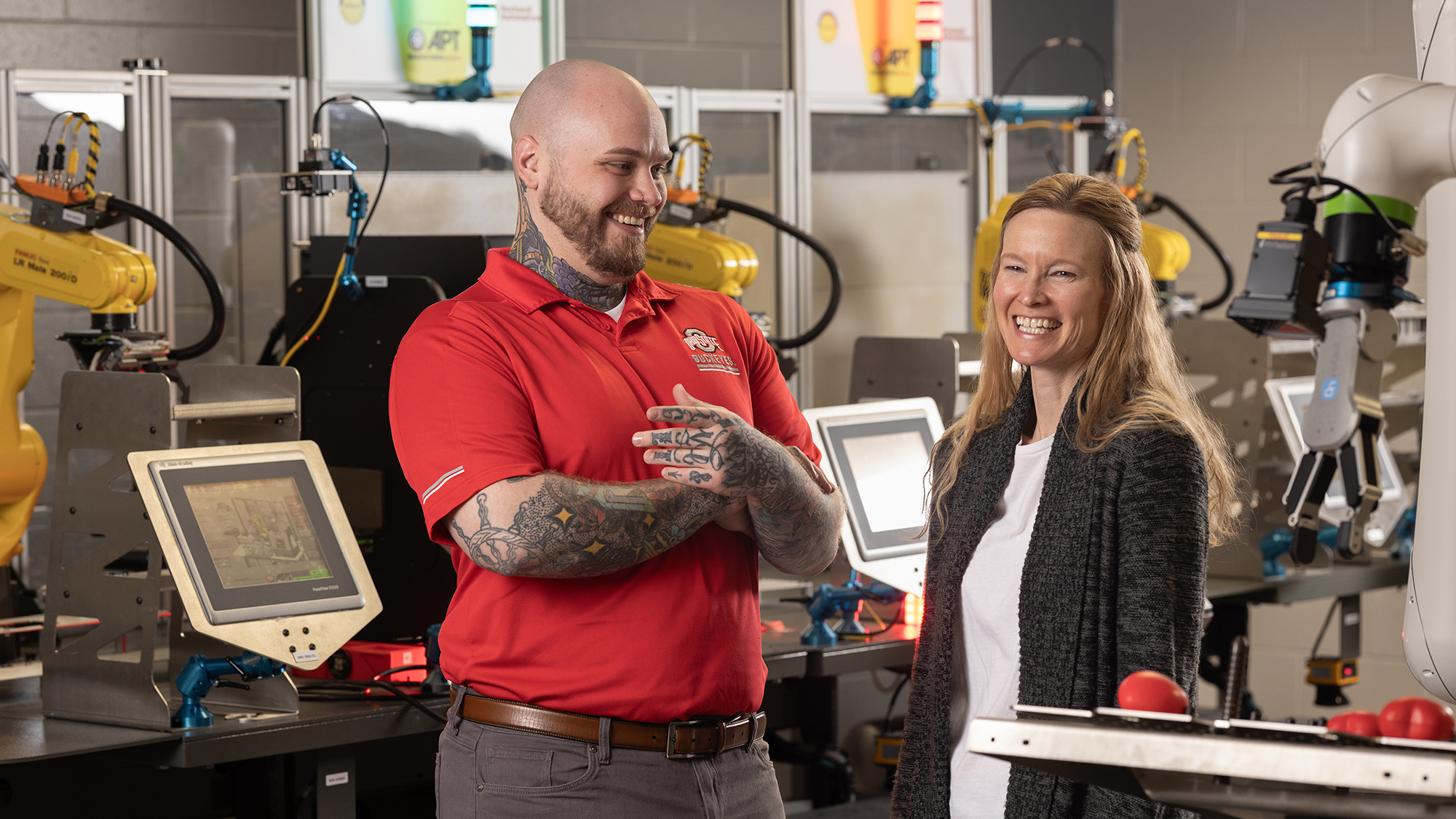
A degree worth promoting
Ohio State Mansfield often welcomes those curious about the engineering technology degree, and when they do, Rader knows who to call.
“When I really want to influence people, I call Zack first,” she said. “He could sell a ketchup popsicle to a woman with white gloves.”
Ernest is a persuasive voice and demonstrative proof of the program’s impact.
He’s also a testament to perseverance. A first-generation, non-traditional student, he juggled a full-time job and a demanding course load. And while he thrived in hands-on projects, he struggled academically at times, spending hours in Rader’s office or in discussions with classmates.
There were other hardships too. During his junior year, his brother-in-law — whom he saw as a brother — passed away. A year later, Ernest underwent major back surgery during his senior capstone. After his surgery, his capstone teammates stepped up. After his brother-in-law’s death, Rader was his first call.
“He just needed support,” Rader said. “I knew he could succeed anywhere. He just needed someone to believe in him.”
That encouragement made a difference — not just for Ernest, but for many students like him.
“A lot of these students just need someone to believe in them,” Rader said. “That’s easy to do when you know them and work with them every day.”
With that support — and a relentless drive — Ernest became the first in his family to earn a college degree. Along the way, he’s become a leader in the industry he loves.
“You learn a lot about yourself when you persevere through a program like this,” he said. “I don’t think I would have gotten through everything without Ohio State. Finding my identity, becoming the best version of myself — it was only possible because of this program and people like Amber. I’m forever indebted.”
